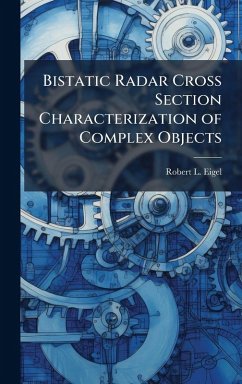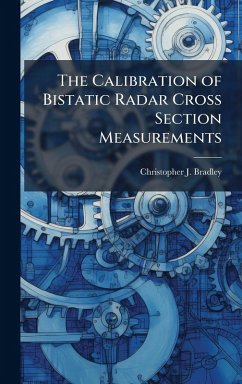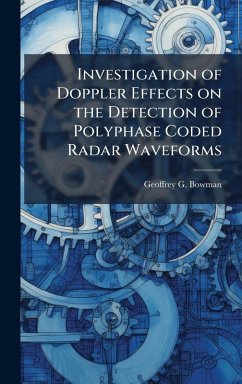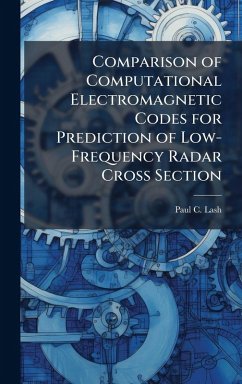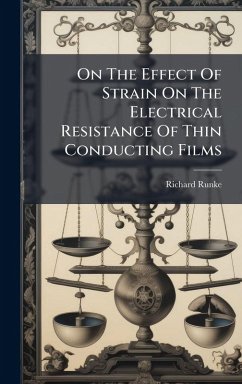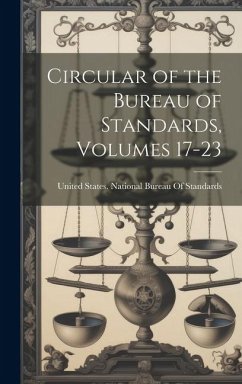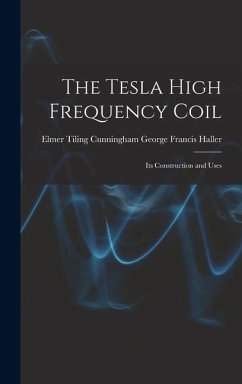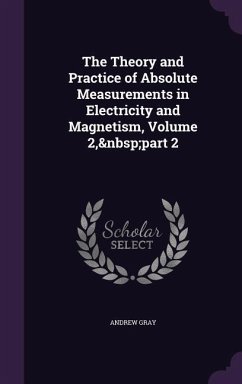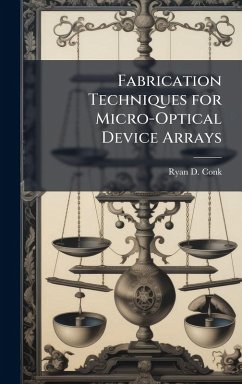
Characterization of the Target-Mount Interaction in Radar Cross Section Measurement Calibrations
Versandkostenfrei!
Versandfertig in über 4 Wochen
28,99 €
inkl. MwSt.
Weitere Ausgaben:

PAYBACK Punkte
14 °P sammeln!
Radar Cross Section (RCS) measurements are quintessential in understanding target scattering phenomenon. The reduced RCS of modern weapons systems stresses the capability of current RCS measurement ranges. A limiting factor that has recently become more significant is the electromagnetic coupling between a test target and the mounting hardware used to support it and control its orientation during the RCS measurement. Equally important is the electromagnetic coupling between the RCS calibration artifact and its mount, which provides an opportunity to explore the coupling phenomena without delvi...
Radar Cross Section (RCS) measurements are quintessential in understanding target scattering phenomenon. The reduced RCS of modern weapons systems stresses the capability of current RCS measurement ranges. A limiting factor that has recently become more significant is the electromagnetic coupling between a test target and the mounting hardware used to support it and control its orientation during the RCS measurement. Equally important is the electromagnetic coupling between the RCS calibration artifact and its mount, which provides an opportunity to explore the coupling phenomena without delving into operationally sensitive areas. The primary research goal was to characterize the interaction between a calibration artifact and its mounting apparatus when measuring the RCS of the calibration artifact as part of a larger RCS measurement process. Standard methods, such as vector background subtraction, do not account for this interaction. By understanding the interaction term, a more accurate measurement of target RCS may be obtained. Through careful characterization of the interaction, an additional term can be included in the vector background subtraction equation to reduce the level of uncertainty. This work has been selected by scholars as being culturally important, and is part of the knowledge base of civilization as we know it. This work was reproduced from the original artifact, and remains as true to the original work as possible. Therefore, you will see the original copyright references, library stamps (as most of these works have been housed in our most important libraries around the world), and other notations in the work. This work is in the public domain in the United States of America, and possibly other nations. Within the United States, you may freely copy and distribute this work, as no entity (individual or corporate) has a copyright on the body of the work. As a reproduction of a historical artifact, this work may contain missing or blurred pages, poor pictures, errant marks, etc. Scholars believe, and we concur, that this work is important enough to be preserved, reproduced, and made generally available to the public. We appreciate your support of the preservation process, and thank you for being an important part of keeping this knowledge alive and relevant.



